Estimated reading time: 7 minutes
Have you ever sat back and watched in amusement as your beloved dog begins a round of rolling, twisting, and turning right after enjoying their meal?
Normal Reasons for a Dog Rolling Around After Eating
You can breathe a sigh of relief knowing that this behavior in your dog is often quite normal and is usually nothing to worry about. There could be several reasons behind this activity. Let’s discuss the most common ones.
Rising Blood Sugar Causes Extra Energy
Did you know that your dog’s post-meal gymnastics could be due to a surge in energy from rising blood sugar levels? Just as we humans can feel energized after a meal, so can our dogs.
Once your dog has eaten, the food starts to digest and sugars are released into their bloodstream. This sudden increase in blood sugar can give your dog a burst of energy, resulting in what looks like an impromptu celebration or, in other words, rolling around!
He might rub his back on the carpet, roll around on the ground, or even dash around the house. This behavior is completely normal and a healthy way for your dog to burn off that post-meal energy boost.
Cleaning His Face
One of the most straightforward reasons for a dog’s post-meal antics is simply cleanliness. Dogs can be surprisingly fastidious creatures. When they eat, bits of food can get smeared around their mouth or stuck to their face.
To resolve this, dogs will roll around and rub their face on the carpet, grass, or any surface they find suitable for cleaning its face. It’s a dog’s version of washing up after a meal.
Food Stuck Between His Teeth
Just like humans, dogs can get food stuck between their teeth. And without hands to floss it out, they have to find other ways to dislodge it.
Rolling around can help your pup deal with this uncomfortable situation. So, if you see your dog rolling and rubbing after meals, they might just be trying to get that pesky bit of kibble out from between their teeth.
Regular dental check-ups and proper oral hygiene can also help prevent issues like these, making mealtime more enjoyable for your pooch.
Hiding the Scent of His Food
This behavior stems from their wild ancestry when canines needed to protect their food from other animals. By rolling around and masking the smell of their meal with their own scent, they are effectively camouflaging their food source.
Even in the comfort of your home, where food is readily available, this instinct may still kick in. It’s a fascinating glimpse into your pet’s natural behaviors, reminding us of their wild roots and survival instincts.
Marking His Territory
Dogs have a strong sense of smell, far superior to ours, and they use it to communicate and understand their environment. By rolling after eating, he could be spreading his scent, which mingles with the smell of the food, marking the area as his. This could be your dog’s way to tell other dogs: “This is my space, and that was my delicious meal!” It’s a behavior embedded in their DNA from their wild ancestors.
Just Plain Old Habit
Just like how we might have our routines, dogs also love their habits and rituals. Perhaps, one day, your pup enjoyed a particularly scrumptious meal, rolled around afterward, and it felt great. So, they did it again after the next meal and the next.
Before you know it, this post-meal roll has become a firmly established habit, part of their daily routine. It’s these quirky habits that add so much character to our dogs and make our bonds with them even more special.
Seeking Your Attention
Last but not least, let’s not overlook one of the most common reasons: your dog’s rolling behavior could indicate they’re seeking your attention.
Dogs are social animals and they love being the center of our world. If your dog has noticed that you laugh, smile, or give them more attention when they roll around after a meal, they might just keep doing it! It’s their way of engaging with you, showing off their playful side, and basking in the spotlight of your love and attention.
So next time you see your dog rolling and wiggling after a meal, give them a pat or a kind word. They’re probably doing it all for you!
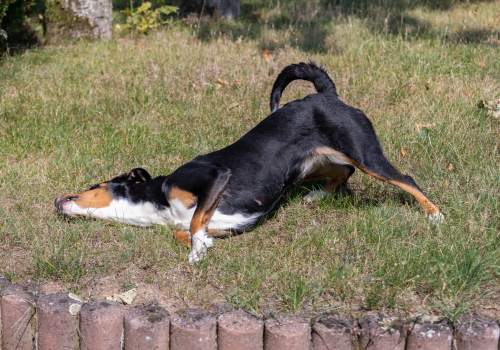
Possible Medical Reasons Why Your Dog is Rolling Around
While most of the time your dog rolling around after eating is harmless and just part of their unique personality, sometimes it could indicate a medical issue. Let’s talk about some of the possible medical issues that might make your dog roll around excessively.
For any of these issues, you should immediately seek the professional advice of your veterinarian.
Canine Bloat
Canine Bloat is a serious condition that dog owners should be aware of. This condition can arise when a dog has eaten too much or too quickly. In this case, their stomach can fill with excess gas and possibly twist, causing severe discomfort and even a life-threatening situation.
Symptoms of bloat include restlessness, excessive drooling, a visibly enlarged abdomen, and unsuccessful attempts to vomit. If you see your dog displaying any of these signs, especially shortly after eating, it’s crucial to seek immediate veterinary attention.
Sore Gums
This can occur when a dog eats too quickly or chews on hard food or objects, irritating their gums. They might roll around, rubbing their face on various surfaces, to try and alleviate the discomfort.
Along with excessive rolling, other signs of oral discomfort include reluctance to eat, drooling, pawing at the mouth, and bad breath. If you suspect your furry friend is suffering from sore gums, it’s a good idea to take your dog to the vet.
Regular oral care can also prevent such issues, ensuring your pup enjoys meal times without any discomfort.
Skin Irritation or Allergies
Some dogs have developed a food allergy, and the discomfort is causing them to roll on their back and rub their body against various surfaces to try and soothe the itchiness.
This could be especially apparent after meals when they’ve just ingested the allergen.
Alternatively, they might be reacting to something in their environment, such as a certain type of grass or a cleaning product used on the carpet.
Alongside rolling, other signs of skin irritation or allergies include excessive scratching, redness, or even patches of hair loss. If your dog exhibits these signs, a visit to the vet is in order to help your furry friend get the relief they need.
Are you looking for an affordable, painless allergy test you can administer at home that is trusted by vets? Check out our recommendation below!
If your pet is experiencing hot spots, constant scratching, stomach discomforts and paw licking, this test is for you.
These symptoms of discomfort can develop over time if your pet has sensitivities to specific foods in their diet and/or items found in their surrounding environment.
Identifying the source of their intolerances is the first huge step towards alleviating your dog or cat’s symptoms.
- Painless, non-invasive, at-home testing
- Test for 375+ food and environmental items
- Results within 7 days of your sample's arrival
Conclusion
Your dog rolling around after eating is usually a harmless behavior and just one of the many ways they express their unique personalities. There are numerous reasons why your dog may engage in this activity, from cleaning their face, removing food stuck in their teeth, marking their territory, or simply enjoying a surge of energy after a meal.
However, we must also be mindful of potential medical issues that could trigger this behavior, such as skin irritation, allergies, sore gums, or more serious conditions like Canine Bloat. While these cases are less common, as responsible pet owners, it’s important to stay aware and seek veterinary advice when needed.
What are your thoughts on this? Have you noticed your dog rolling around after meals? Feel free to share your experiences and observations in the comments below, or share this post with other dog lovers on your social media channels. Your insights might just help someone better understand their canine companion!
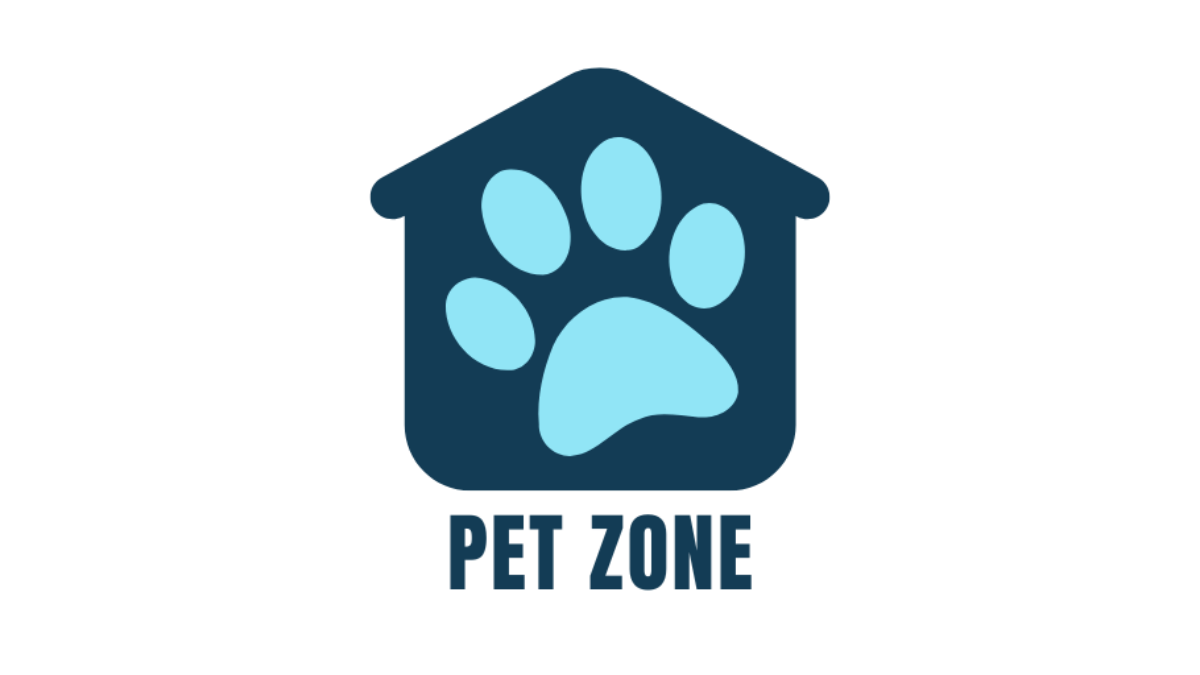
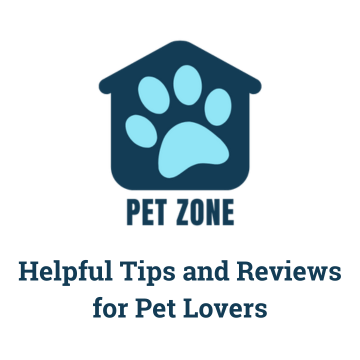
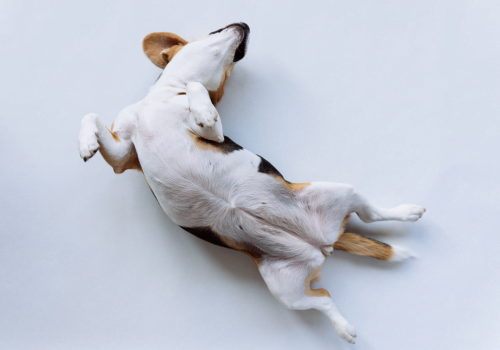
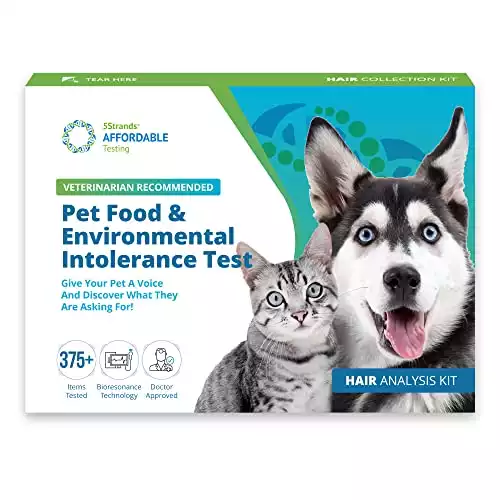
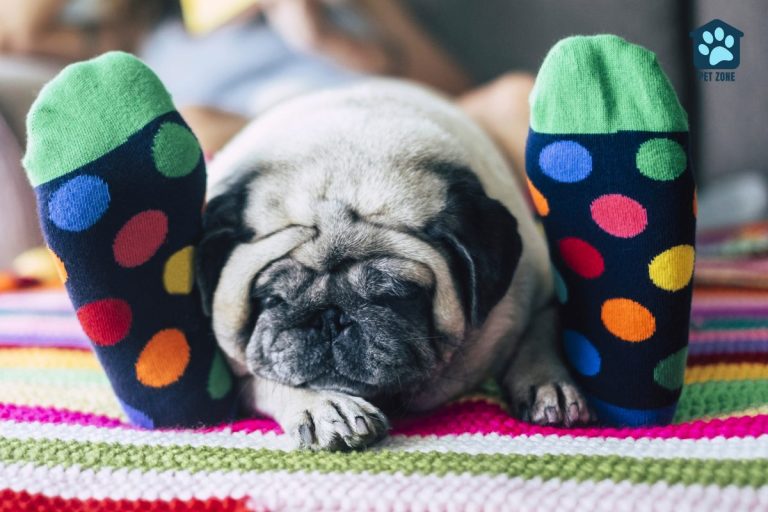
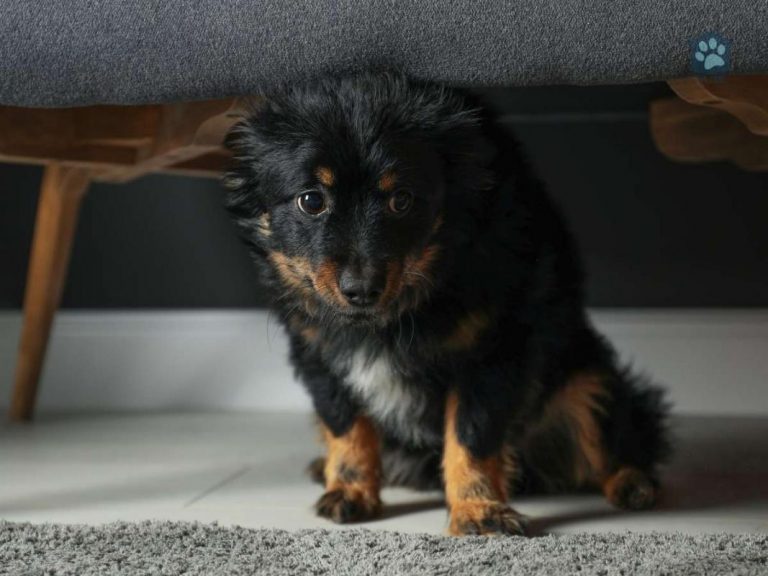
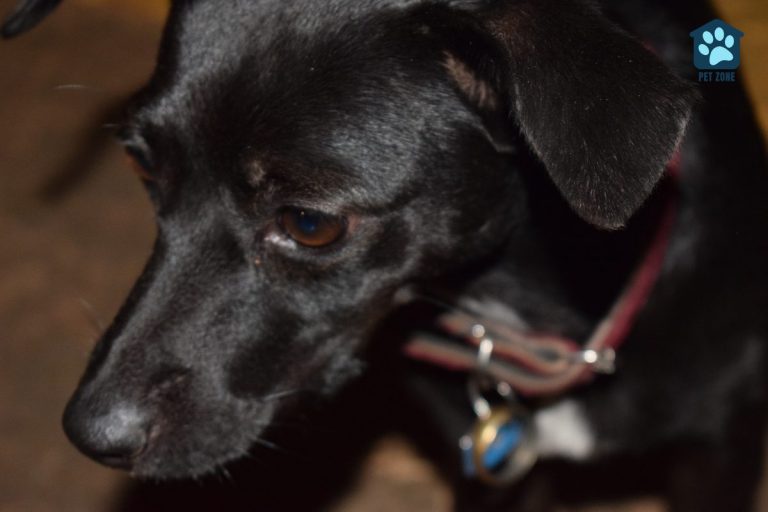
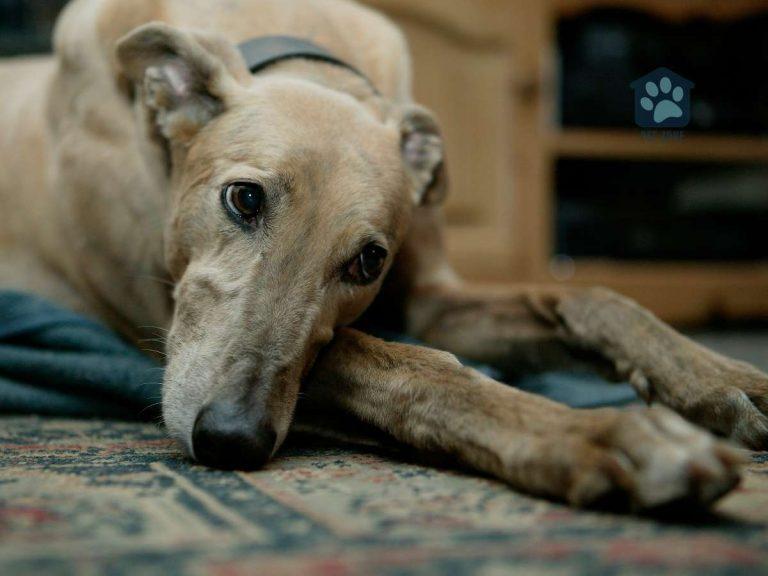
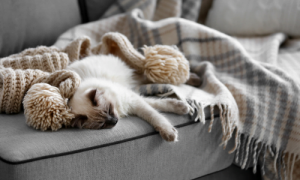
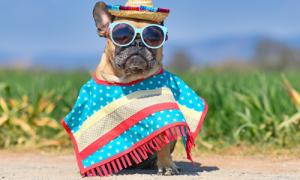
I am very happy to read this article because information is being providing in this artice is very informative.
Thanks for sharing your kind of information.